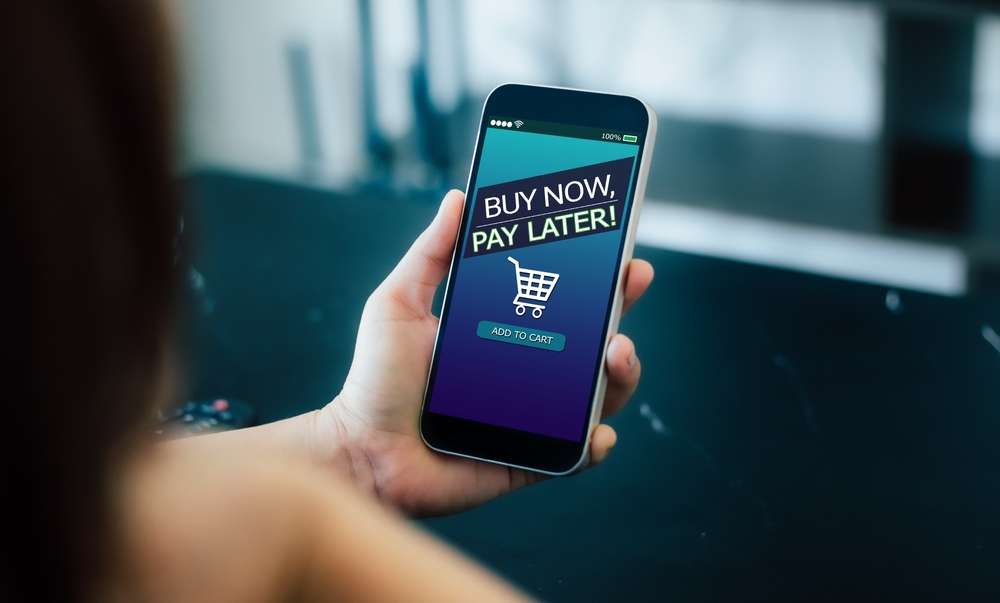The Future of Shopping: How to Buy Phones and Pay Later
The mobile phone industry has transformed dramatically with the introduction of Buy Now Pay Later (BNPL) services, offering consumers unprecedented flexibility in purchasing the latest smartphones. This payment innovation allows individuals to acquire devices immediately while spreading costs over manageable instalments, fundamentally changing how people approach technology purchases. As traditional financing methods evolve, BNPL has emerged as a compelling alternative that bridges the gap between immediate gratification and financial responsibility, making premium smartphones accessible to a broader demographic across the United Kingdom.

Understanding Buy Now Pay Later Plans
Buy Now Pay Later plans represent a modern financing solution that enables consumers to purchase smartphones without immediate full payment. These arrangements typically involve splitting the total cost into equal instalments over predetermined periods, ranging from three months to several years. Unlike traditional credit arrangements, many BNPL services offer interest-free periods, making them particularly attractive to budget-conscious consumers.
The mechanism operates through partnerships between BNPL providers and retailers, where the service provider pays the merchant upfront while collecting payments from consumers over time. This system benefits all parties: retailers receive immediate payment, consumers gain payment flexibility, and BNPL companies generate revenue through merchant fees and potential interest charges on extended terms.
Key Advantages of BNPL Phone Purchases
BNPL phone purchases offer several compelling benefits that have contributed to their rapid adoption. Primary advantages include improved cash flow management, as consumers can preserve their savings while still accessing premium devices. This approach proves particularly valuable for individuals who require immediate phone replacements due to damage or technological needs.
Another significant benefit involves the absence of traditional credit checks for many BNPL services, making smartphones accessible to individuals with limited credit history. The application process typically requires minimal documentation and provides instant approval decisions, contrasting sharply with conventional financing methods that may involve lengthy approval processes.
Additionally, BNPL arrangements often include flexible payment schedules that align with personal financial cycles, such as monthly salary payments. This synchronisation helps consumers maintain better budget control while enjoying the latest technology without compromising other financial obligations.
Choices in BNPL Providers
The UK market features numerous BNPL providers, each offering distinct terms and conditions for smartphone purchases. Established players include Klarna, which provides flexible payment options ranging from 30-day interest-free periods to longer instalment plans. PayPal Pay in 3 offers a straightforward three-instalment structure, while Clearpay divides purchases into four equal payments over six weeks.
Newer entrants like Laybuy and Zilch have introduced innovative approaches to BNPL services, with some offering reward programmes and cashback incentives. Traditional retailers have also developed proprietary BNPL solutions, with companies like Very and Argos providing in-house financing options specifically tailored to their customer base.
Each provider operates with different eligibility criteria, payment structures, and fee arrangements, making careful comparison essential for consumers seeking the most suitable option for their circumstances and financial goals.
Considerations Before Opting for BNPL
While BNPL services offer convenience and flexibility, consumers must carefully evaluate several factors before committing to these arrangements. Financial discipline remains crucial, as missed payments can result in late fees, interest charges, and potential credit score impacts. Understanding the full terms and conditions, including what happens in case of payment difficulties, proves essential for responsible usage.
Budget assessment becomes particularly important when considering BNPL options. Consumers should ensure that future instalments fit comfortably within their expected income and expenses, accounting for potential changes in financial circumstances. Overcommitting to multiple BNPL arrangements simultaneously can create unsustainable payment obligations.
Additionally, comparing BNPL terms with traditional financing options may reveal more favourable alternatives, particularly for consumers with good credit scores who might access lower-cost credit products through banks or credit unions.
| Provider | Payment Structure | Interest-Free Period | Typical Phone Cost Range |
|---|---|---|---|
| Klarna | 3-36 instalments | Up to 30 days | £200-£1,200 |
| PayPal Pay in 3 | 3 equal payments | 8 weeks total | £99-£2,000 |
| Clearpay | 4 fortnightly payments | 6 weeks total | £100-£1,000 |
| Laybuy | 6 weekly payments | 6 weeks total | £120-£600 |
Prices, rates, or cost estimates mentioned in this article are based on the latest available information but may change over time. Independent research is advised before making financial decisions.
Future Trends in BNPL for Phone Purchases
The BNPL landscape continues evolving rapidly, with several emerging trends shaping its future development. Integration with mobile payment platforms and digital wallets promises to streamline the purchasing process further, while artificial intelligence and machine learning technologies enhance risk assessment and personalised offering capabilities.
Regulatory developments represent another significant trend, as financial authorities worldwide examine BNPL services more closely. The UK’s Financial Conduct Authority has proposed bringing BNPL providers under formal regulation, potentially affecting terms, conditions, and consumer protections in the coming years.
Furthermore, the expansion of BNPL services into additional product categories and the development of more sophisticated financial products suggest that these services will become increasingly integral to consumer finance strategies. Enhanced merchant partnerships and improved integration with e-commerce platforms will likely make BNPL options even more accessible and convenient for smartphone purchases.
The convergence of BNPL services with loyalty programmes and cashback schemes indicates a future where these payment methods offer additional value beyond simple financing, potentially making them standard components of retail transactions across the technology sector.
The transformation of smartphone purchasing through BNPL services reflects broader changes in consumer finance preferences and technological capabilities. As these services continue maturing and regulatory frameworks develop, they are likely to become increasingly sophisticated while maintaining their core appeal of providing accessible, flexible payment solutions for technology purchases.




